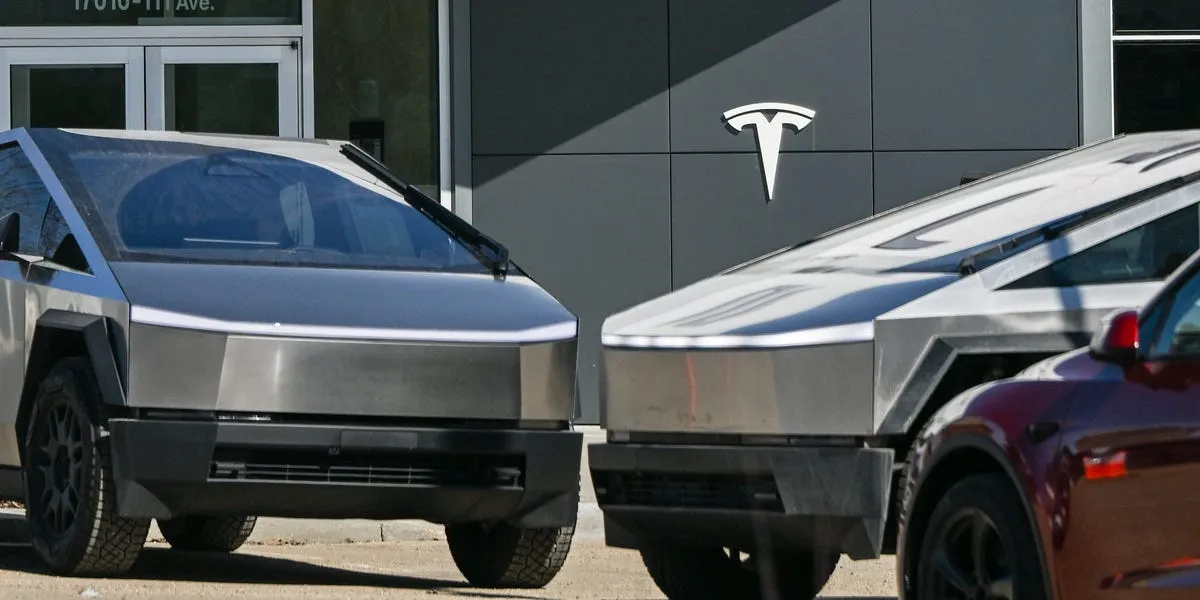
The struggles for Tesla investors may persist, according to a recent note from Wells Fargo. Analyst Colin Langan emphasizes multiple factors that suggest Tesla's stock could move towards the bank's price target of $130, which indicates a potential downside of 53% from current trading levels. The analysts at Wells Fargo have reiterated their Underweight rating on Tesla and included it in their tactical ideas list for the second quarter, implying that they do not foresee an imminent rebound.
Since the beginning of the year, Tesla shares have plummeted by 32% and have dropped 44% since mid-December. This downturn raises concerns regarding the company’s future performance, particularly in the realm of vehicle deliveries.
Wells Fargo predicts a slowdown in Tesla vehicle sales across key markets, including Europe, China, and the United States, which will likely lead to disappointing vehicle delivery figures in the first quarter. The bank reported that through 2025, vehicle deliveries are projected to be 40% lower in Europe, 14% lower in China, and 3% lower in North America. This sales decline coincides with nationwide protests against Tesla, largely fueled by CEO Elon Musk's associations with the Trump administration and his controversial initiatives involving the DOGE cryptocurrency.
Wells Fargo warns that the expected slowdown in sales will inevitably lead to a decline in Tesla's earnings. The bank points out that the company has limited options to stimulate sales growth, especially since it has already implemented price reductions over the past two years. Furthermore, the potential removal of a $7,500 Federal tax credit, should it occur under the Trump administration, could exacerbate Tesla's sales issues. As a result, Wells Fargo estimates that a combination of lower deliveries and price cuts could diminish Tesla's earnings per share by 25% by 2025.
A significant part of Wall Street's optimistic outlook for Tesla stock relies on the anticipated release of a low-cost vehicle priced under $30,000. However, Wells Fargo suggests that the launch of this long-awaited model may not be as imminent as previously thought. Analyst Colin Langan expressed caution due to the lack of concrete details surrounding this affordable model. While the introduction of a lower-cost Model 2.5 could potentially boost sales, it may also negatively impact profit margins by diverting buyers from Tesla's higher-priced vehicles. Wells Fargo estimates that new model launches could cannibalize approximately 16% of the sales volume of related existing models.
Tesla's highly anticipated rollout of a robotaxi network, dubbed the Cybercab, in Austin, Texas, has not convinced Langan. He voiced concerns regarding the company's approach to autonomous driving technology, suggesting it may not be effective. Langan stated, "We remain skeptical of a safe & successful Austin Cybercab launch given limited unsupervised testing & their vision-only approach." Experts have raised safety concerns regarding Tesla's reliance on a suite of cameras and software, rather than the more expensive LIDAR systems used by competitors like Waymo. Additionally, investor expectations for the rollout of self-driving capabilities are high, and Tesla may struggle to meet these expectations. Anything less than a fully deployed fleet offering ride-hailing services by this June is likely to be seen as a disappointment, Langan added.
Finally, Langan pointed out that Tesla's current valuation does not compare favorably to its mega-cap tech counterparts. With a price-to-earnings multiple of 96x, Tesla's valuation is nearly four times higher than the 25x multiple of other companies in the Magnificent 7 cohort. This elevated valuation is accompanied by slower earnings growth, with Langan estimating that Tesla will achieve only 3% earnings per share growth over the next three years, significantly trailing the Magnificent 7's average of approximately 15%.
In conclusion, Tesla faces a multitude of challenges that could hinder its stock performance in the coming months. With disappointing vehicle deliveries, declining earnings, and uncertainties surrounding new models and technology, investors should remain cautious as they navigate the complexities of the electric vehicle market.